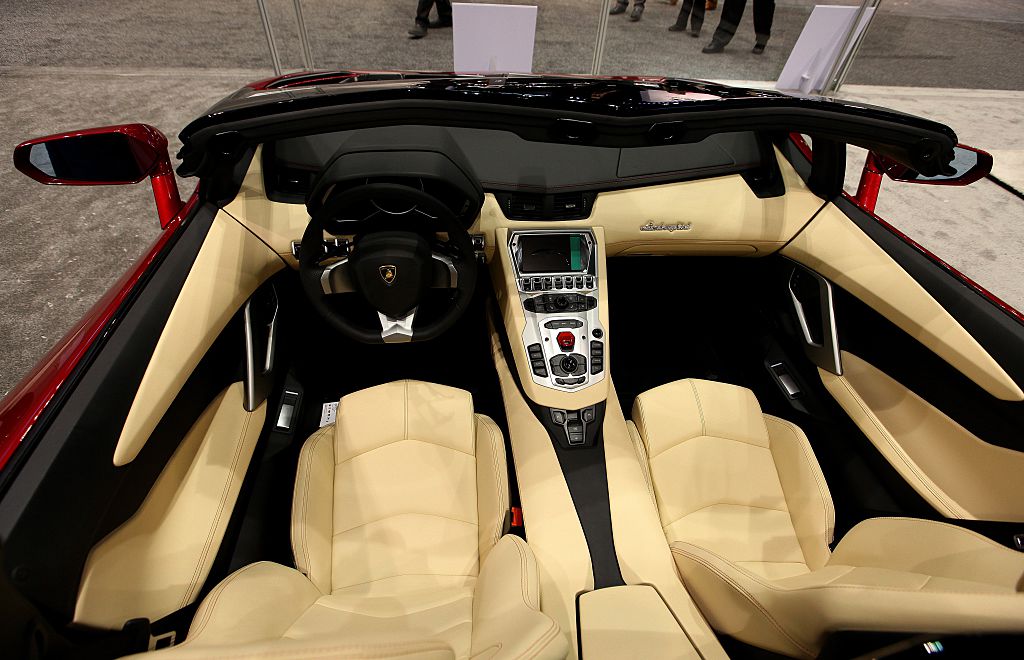
The Automated Manual
General car owners understand the functional difference between a manual transmission and an automatic transmission, and in today’s modern world our options for true manuals are limited. Many sports cars have done away with the manual transmission altogether, as the new Corvette C8, but some manufacturers have at least picked up on offering sports shifting with paddle shifters, and while it’s not the same for many manual-enthusiasts, there is a new option rising in popularity: the automated manual.
Looking at the words ‘automated manual’ it’s easy to assume this is a new way to say paddle shifting, but that doesn’t seem to clarify what it actually is. An automated manual transmission operates like a completely normal automated transmission and if you didn’t know any better you probably couldn’t tell the difference between them.
What does automated manual mean?
The automated manual transmission has a standard manual transmission with gears, so it has all of the mechanical components of a manual transmission. The clear difference is who – or rather, what – does the shifting. In a manual transmission car, there are three pedals for the driver: the gas for acceleration, the brake pedal for stopping, and the clutch pedal that allows the driver to switch between the gears or in and out of neutral. In an automated manual, there are only three pedals, the standard gas, and brake pedals, and there is no clutch pedal. This is because of the computer of a car with an automated manual is responsible for shifting between gears, not the driver.
It is important to note there are also two types of automated manual: a single clutch or a dual clutch, and the difference between the two is important when looking at what car you want to buy. Single-clutch transmissions are known for having more jerky reactions when shifting between gears, which can be unpleasant for a daily driver but isn’t usually a turn-off for most sportscar drivers. Dual-clutch transmissions offer a smoother shifting experience, and they are more common.

Pros and cons
There are some great benefits of having a car with an automated manual. For one, they typically have better fuel economy than a fully automatic, and they can accelerate faster for a more entertaining drive. This is typical of most manual transmissions, and because the automated manual has all of the mechanical components of a manual, it’s just like driving stick shift and changing gears at the perfect time and RPMs.
But of course, with every type of technology, there are some drawbacks, too. Because the automated manual pairs a manual transmission with an automatic computer ‘brain’ it requires more components and essentially makes cars more expensive to purchase a car with it, and they are more expensive to repair if something goes wrong.


